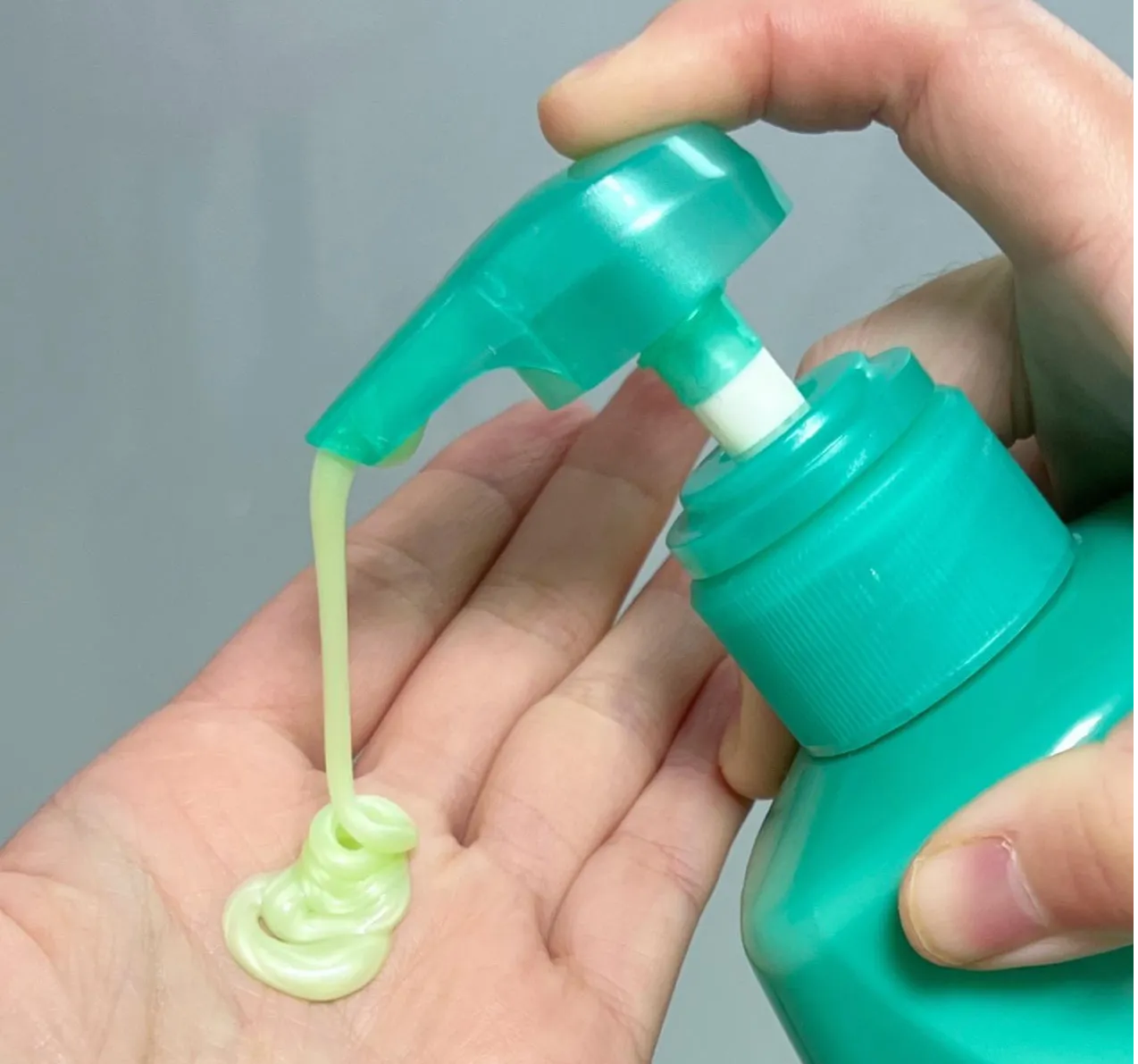
Hydroxypropyl Starch Derivatives: Applications in Industry and Hair Care
Starch-based derivatives are widely used in various industries due to their thickening, stabilizing, and conditioning properties. From food and pharmaceuticals to cosmetics and personal care, ingredients like hydroxypropyl starch ether, hydroxypropyl distarch phosphate, and hydroxyethyl starch 130 0.4 are indispensable. This article explores their functions, uses, and growing demand, particularly in hair care products.

Industrial and Food Applications of Hydroxypropyl Starch Derivatives
Hydroxypropyl starch ether is a modified starch widely used as a thickener, binder, and stabilizer in construction materials such as tile adhesives, mortar, and cement-based products. It improves workability, water retention, and consistency in dry-mix formulations.
In the food and pharmaceutical industries, hydroxypropyl distarch phosphate plays an essential role as a thickener, stabilizer, and emulsifier. It enhances texture, prevents syneresis (water separation), and improves freeze-thaw stability in sauces, dressings, and dairy products.
Another crucial derivative is hydroxyethyl starch 130 0.4, commonly used in the medical field as a plasma volume expander. This compound provides temporary volume replacement in patients experiencing blood loss or shock. Its specific molecular weight (130) and degree of substitution (0.4) optimize its effectiveness in medical solutions.
When it comes to food labeling, hydroxypropyl distarch phosphate E1442 is a common food additive known for its safety and stability. It’s frequently found in processed foods, improving viscosity and shelf-life while being heat- and acid-resistant.

Hydroxypropyl Starch Phosphate in Hair Care and Beauty Products
Beyond industrial uses, starch derivatives have found a significant role in personal care products. Hydroxypropyl starch phosphate in hair products offers lightweight conditioning, improved slip, and enhanced detangling without leaving a heavy residue. It helps smooth the hair cuticle, reduce frizz, and improve manageability.
A growing trend is the use of hydroxypropyl starch phosphate curly hair formulations. Curly hair often needs products that balance moisture with definition without weighing strands down. This ingredient helps maintain curl structure, enhances softness, and provides light hold—ideal for styling creams, leave-in conditioners, and gels.
Another related ingredient, sodium hydroxypropyl starch phosphate, is valued for its excellent emulsifying properties and compatibility with other conditioning agents. It’s widely used in shampoos, conditioners, and styling products to improve texture, spreadability, and the overall feel of formulations.
For businesses looking to source these materials, a reliable hydroxypropyl starch phosphate supplier is crucial. Quality and consistency are key factors, particularly for cosmetic brands that prioritize performance and consumer safety.
FAQ: Common Questions About Hydroxypropyl Starch Derivatives
1. What is the main function of hydroxypropyl starch ether?
Answer: It serves as a thickener, binder, and stabilizer primarily in construction materials like mortar and tile adhesives, improving water retention and workability.
2. What is hydroxypropyl distarch phosphate E1442, and is it safe?
Answer: Hydroxypropyl distarch phosphate E1442 is a food-grade modified starch used as a thickener and stabilizer in processed foods. It is considered safe for consumption and improves freeze-thaw stability and texture.
3. How does fosfato di amido idrossipropilico nei prodotti per capelli benefit curly hair?
Answer: It enhances slip, reduces frizz, and provides lightweight conditioning, making it ideal for hydroxypropyl starch phosphate curly hair products that define curls without heaviness.
4. What is the role of hydroxyethyl starch 130 0.4 in medicine?
Answer: It is a plasma volume expander used in emergency medicine to treat hypovolemia (low blood volume), offering temporary blood volume replacement during surgery or trauma.
5. Where can I find a reliable hydroxypropyl starch phosphate supplier?
Answer: Many chemical suppliers specialize in starch derivatives for industrial, food, and cosmetic applications. When choosing a hydroxypropyl starch phosphate supplier, ensure they meet quality, safety, and regulatory standards.
-
Hydroxypropyl Starch as a Sustainable Construction AdditiveNewsNov.24,2025
-
The Gelation Properties of CMCNewsNov.21,2025
-
Redispersible Latex Powder and Water Retention CapacityNewsNov.21,2025
-
Dosage Control for Polycarboxylate Water ReducerNewsNov.21,2025
-
Film-Forming Properties of Polyvinyl AlcoholNewsNov.21,2025
-
The Function of Gypsum Additives in MortarNewsNov.21,2025





















